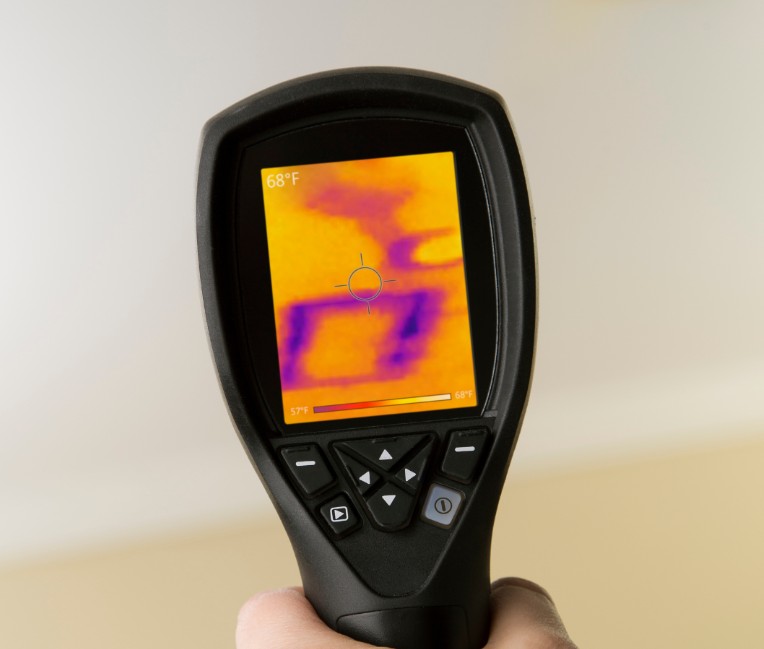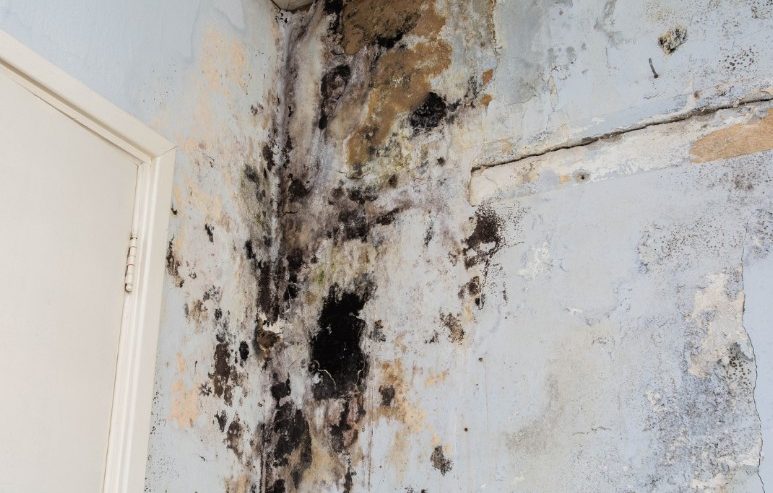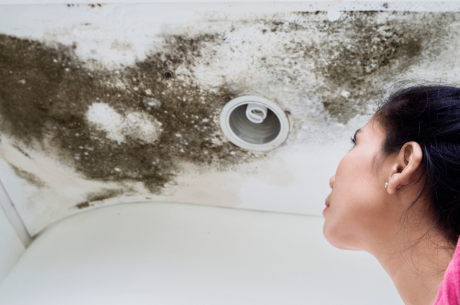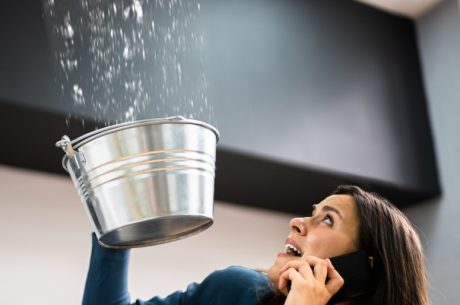Water damage is a prevalent issue encountered by homeowners, and if not promptly addressed, it can escalate into significant problems. One of the most daunting aspects of water damage is the removal of water from walls, a process that can be both intricate and costly. But how much does it actually cost?
This article will delve into the costs associated with water removal and restoration, the factors influencing these expenses, and how to choose the right water damage restoration company to ensure quality service.
Why Removing Water from Walls is Essential
When water permeates walls, it can lead to the swelling, warping, or rotting of materials such as drywall, wood, and plaster. This not only compromises the wall’s stability but can also result in unsightly and costly cosmetic damage. Over time, if left unaddressed, the structural damage may require extensive repairs, further escalating costs.
Additionally, damp conditions within walls create an ideal breeding ground for mold and mildew. These fungi can spread rapidly, exacerbating respiratory issues and allergies and potentially leading to long-term health complications for residents. Thus, timely intervention in water removal is critical to maintaining a healthy living environment and preventing further structural damage.
Cost Factors for Water Removal from Walls
The cost of removing water from walls varies significantly based on several key factors. Having a clear understanding of these can help homeowners estimate potential expenses and make informed decisions when facing water damage repairs.
Extent of Damage
The severity of water damage plays a pivotal role in determining the cost. Minor water damage, such as a small leak, might only require simple drying techniques and minor cosmetic repairs. These situations are less invasive and thus more cost-effective.
However, in the case of extensive damage caused by a flood or a major leak, the process might involve tearing down and replacing large sections of walls. Such comprehensive restoration efforts can quickly escalate costs due to the increased labor, materials, and time required to restore the affected areas to their original condition.
Type of Water Involved
The type of water causing the damage is another critical cost determinant. Clean water from a burst pipe is generally less expensive to clean up as it doesn’t contain harmful contaminants. On the other hand, gray water from appliances or black water from sewage introduces health hazards that necessitate specialized handling and disposal. The presence of contaminants not only increases the complexity of the cleanup process but also requires additional precautions and equipment, further driving up the costs of restoration services.
Materials Affected
The composition of your walls, whether drywall, plaster, or wood, significantly influences the cost of water removal. Certain materials, such as drywall, are highly absorbent and may require more extensive repairs or complete replacement if heavily saturated. Conversely, materials like plaster might withstand moisture better but can be more costly to repair due to their labor-intensive nature. Understanding the specific materials involved helps in estimating both the extent of the damage and the subsequent repair costs, allowing for more accurate budgeting.
Labor and Equipment
The cost of labor and the type of equipment required for water extraction services can vary widely. Professionals employ industrial-grade equipment such as high-capacity dehumidifiers and air movers to ensure thorough drying and dehumidification. This specialized equipment is essential for effective water damage restoration, as it helps prevent mold growth and further structural damage. The expertise of the technicians involved also impacts the cost, as experienced professionals might charge higher rates for their services, but their efficiency can lead to faster and more reliable results.
Average Cost of Water Damage Restoration

On average, homeowners spend between $1,200 and $4,500 on water damage restoration services. However, this range can fluctuate significantly based on the aforementioned factors. Each situation is unique, requiring a tailored approach to effectively address the specific challenges presented by the water damage.
Breakdown of Costs
- Water Extraction: The initial step involves removing standing water, which is crucial to preventing further damage and mold growth. This process can range in cost from $1.50 to $3.00 per square foot, depending on the severity and accessibility of the water.
- Drying and Dehumidification: Following extraction, thorough drying and dehumidification are necessary to prevent mold proliferation. This step might cost approximately $0.25 to $0.75 per square foot, depending on the extent of moisture and the equipment used.
- Repairs and Restoration: The final phase involves repairing walls, floors, and other affected areas. Depending on the damage’s scope, costs can range from $500 to $2,500 or more, as it encompasses material replacement, cosmetic repairs, and any structural work needed.
Preventing Future Water Damage
Taking proactive measures can significantly reduce the risk of future water damage and save you money in the long run. Implementing these strategies can help safeguard your home against potential water-related issues.
Regular Maintenance
Inspect your home regularly for signs of leaks or water damage. Regular checks of plumbing, roofs, and gutters can help identify potential problems before they escalate into significant issues. Addressing minor leaks promptly can prevent more extensive damage and costly repairs in the future.
Install Water Detection Devices
Consider installing water detection devices near appliances or areas prone to leaks, such as basements and bathrooms. These devices can alert you to leaks early, allowing you to address them before they cause significant damage. Early detection is key to minimizing the impact of water damage and reducing restoration costs.
Upgrade Plumbing
If you live in an older home, consider upgrading your plumbing system. Newer systems are less prone to leaks and can prevent water damage. Investing in modern, durable plumbing can provide peace of mind and potentially save thousands in repair costs over time.
Take Control of Water Damage Before It Spreads
Removing water from walls isn’t just about cleanup, it’s about protecting your home’s structure and your family’s health. Understanding the costs involved, acting fast, and working with trusted professionals are key steps toward an effective recovery.
If your property in Bradenton has been affected by water damage, call PuroClean of Bradenton today. Our team responds quickly to assess the situation and begin targeted restoration to stop the damage and restore your home. Don’t wait, contact us now for reliable, emergency water removal and restoration services.



